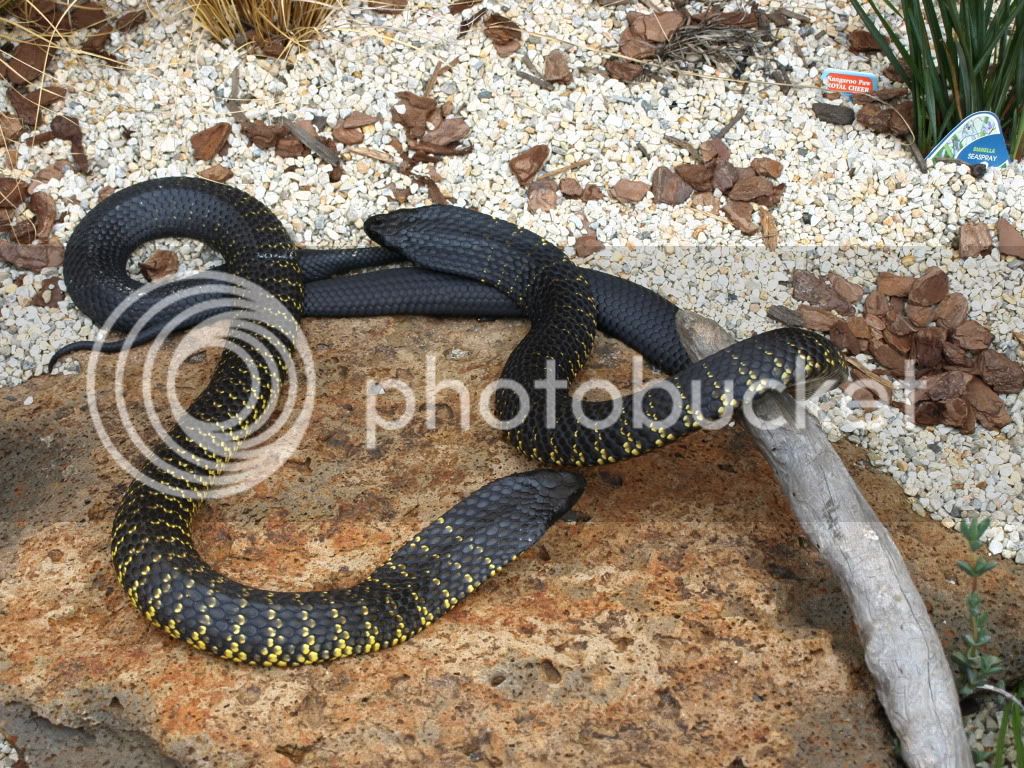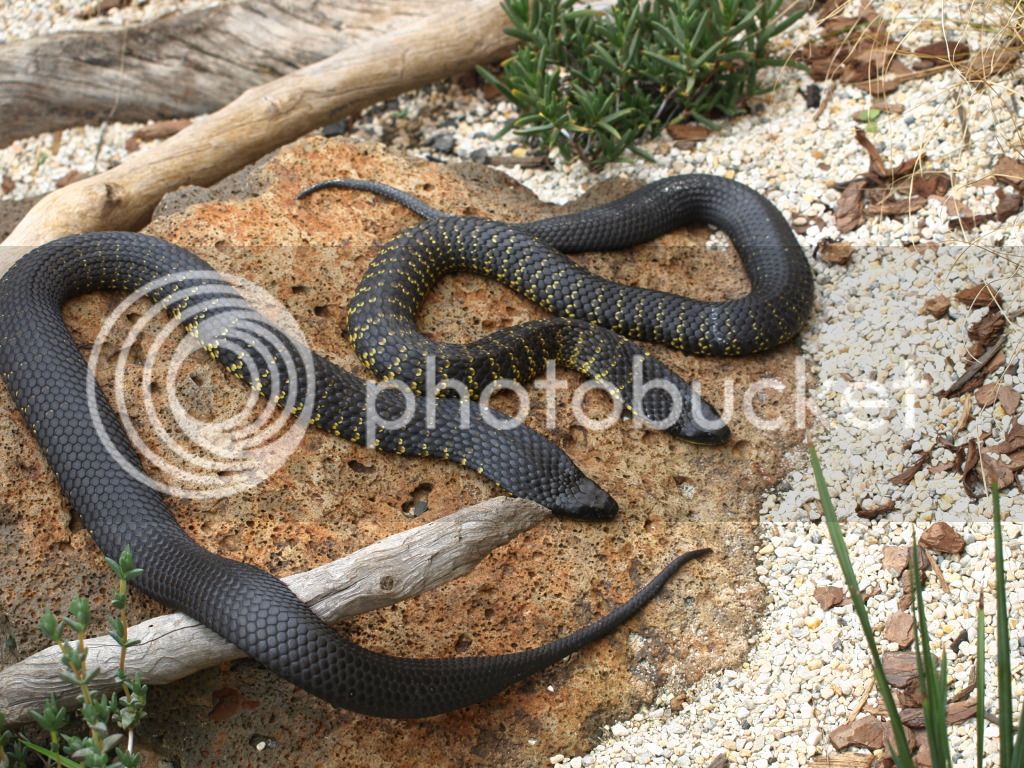This was raised on an international forum so I thought I would bring the question over here.
I know this a contentious issue with Pythons so what about with our Elapids?
I don't know much about natural intergrade zones within the Elapid family though have heard of the possibility with Acanthopis sp and seem to recall the possibility within the Pseudonaja genus. We have an overlap of P. mengdeni and P. affinis in Perth though as far as I'm aware they don't hybridise or at least not for certain.
Would it be irresponsible in captivity?
Is it a potential environmental risk?
Could it make venom toxicity worse or even harder to treat in the event of hybridisation between snakes with predominately hemotoxic and myotoxic venoms?
Is it even possible with Australian Elapids?
Please add your own thoughts/concerns, and lets keep it civil.
I know this a contentious issue with Pythons so what about with our Elapids?
I don't know much about natural intergrade zones within the Elapid family though have heard of the possibility with Acanthopis sp and seem to recall the possibility within the Pseudonaja genus. We have an overlap of P. mengdeni and P. affinis in Perth though as far as I'm aware they don't hybridise or at least not for certain.
Would it be irresponsible in captivity?
Is it a potential environmental risk?
Could it make venom toxicity worse or even harder to treat in the event of hybridisation between snakes with predominately hemotoxic and myotoxic venoms?
Is it even possible with Australian Elapids?
Please add your own thoughts/concerns, and lets keep it civil.





